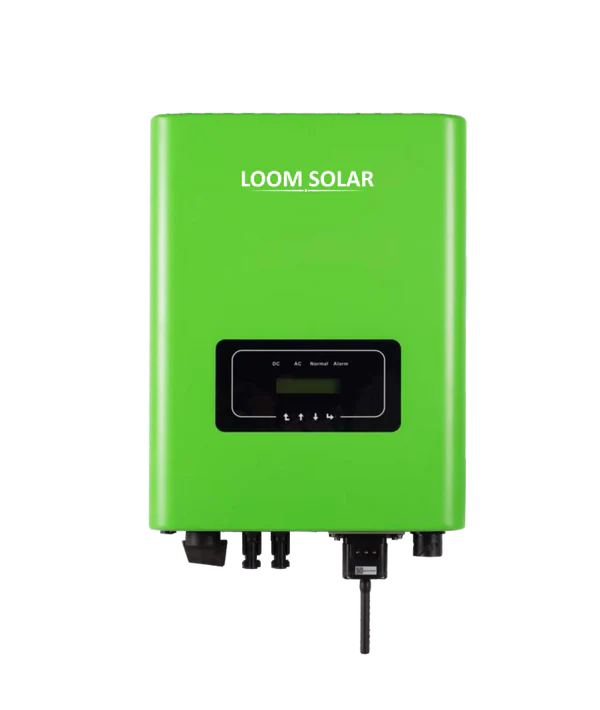Sustainable Aviation Fuel Meaning, and Production Explained
Sustainable aviation fuel (SAF) is any renewable fuel made from organic materials, that is used to power aircrafts. This article discusses sustainable aviation fuel meaning and production, as outlined below;
-Sustainable Aviation Fuel Meaning: 5 Ways to Define Sustainable Aviation Fuels
-Sustainable Aviation Fuel Production Process: How Aviation Fuel is Made Sustainable
Sustainable Aviation Fuel Meaning: 5 Ways to Define Sustainable Aviation Fuels
Sustainable aviation fuel is a type of fuel for aircrafts, that is produced from various types of biomass like algal matter, starch, oils, fats, animal waste, agricultural and forest residue, and municipal organic waste [2].
The sources of sustainable aviation fuel as mentioned above, indicate that it is equivalent to the more common term; ‘biofuel‘, that refers to all energy-rich materials of organic origin. In some studies, SAF is also referred to as bio-aviation fuel (BAF), to signify its organic origin.
Below is another sustainable aviation fuel meaning, that highlights how it is produced;
Sustainable aviation fuel is fuel produced through any of the thermal, biological or chemical processes of biomass conversion in a biorefinery or waste-to-energy facility; and is used to provide energy for operating aircrafts [3].
The biomass conversion processes used to produce sustainable aviation fuel include anaerobic digestion, and the fuels produced are further treated and often blended with fossil fuels like kerosene, to increase their energy density, energy efficiency and performance.
Post-treatment also implies that sustainable aviation fuels are refined, modified and made to resemble conventional jet fuel in composition and capacity, in order for them to serve their intended purpose.
In the alternative sustainable aviation fuel meaning below, the purpose and relevance of SAFs, are outlined;
Sustainable aviation fuel is a bio-based fuel that is produced and used in propulsion engines, as a low-carbon alternative to fossil fuels, and in a bid to achieve decarbonization and sustainability in the air transport sector through the use of renewable bioenergy [1].
The concept of bioenergy in sustainable aviation fuel is similar to the general concept of renewable energy in sustainable development, and can be categorized together with other technological efforts toward energy transition, like the optimization of solar panels, wind turbines and electric cars.
It is important to note that sustainable aviation fuels also produce greenhouse gas emissions, and do not represent an absolute decarbonization of air transport. However, the emissions from SAFs are generally lower than those for fossil fuels, making them safer for the ecosystem and economy in the long run.
Another sustainable aviation fuel meaning is given below, based on the advantages or benefits of sustainable aviation fuels;
Sustainable aviation is a renewable fuel used in aircrafts as an alternative to fossil fuels, and whose benefits include; reduction in net emissions from aviation transport, improvement of ecological sustainability, energy recovery and recycling of organic waste, and air quality improvement.

The benefits of sustainable aviation fuels can be summarized to state that they reduce the risk of environmental degradation as a result of air transport. This degradation may be any of various types, including climate change, global warming and environmental pollution.
Lastly, some disadvantages of SAFs are mentioned in the sustainable aviation fuel meaning below;
Sustainable aviation fuel is a low-carbon, bio-based aviation fuel that is used as a sustainable alternative to fossil fuels, but which has drawbacks such as high production costs, relative low energy density, and incomplete decarbonization.
Sustainable Aviation Fuel Production Process: How Aviation Fuel is Made Sustainable
Aviation fuel is made sustainable through material substitution; whereby carbon-intensive energy resources or raw materials are replaced with low-carbon alternatives, in these fuels.
The sustainable aviation fuel production process comprises of; feedstock selection, conversion, and post-treatment. Each of these steps is briefly discussed below;
1). Feedstock Selection (as one of the Steps in the Sustainable Aviation fuel Production Process)
Selection of suitable feedstock is the first step in the process of sustainable aviation fuel production. It is also a very important step because it determines the composition and hence sustainability (as well as performance) of the fuel.
Organic materials that are suitable as feedstock for SAF production, include lignocellulosic plant biomass, in the form of wood, straw and other vegetable matter from agriculture, municipalities and forests.
Microbial matter like algae are also suitable to be used in the production of sustainable aviation fuel, since such materials are similar in composition to plant biomass.
Animal biomass like manure and sewage slurry can also be used to produce sustainable aviation fuel, although its utilization is rare.
The raw materials that serve as feedstock for SAF production can be derived from municipal waste, agricultural waste, and forest residue.
An advantage of using these materials is that it can be an effective means of waste management and energy recovery. Organic waste for example, can be diverted from landfills and other facilities and used in the production of sustainable aviation fuel; thereby reducing the environmental impacts of waste biodegradation and leachate formation in such facilities.
2). Biomass Conversion
After suitable feedstock has been selected (and collected), it must be converted in a sustainable aviation fuel plant, or biorefinery, in order to produce SAF.
A combination of biological and thermochemical mechanisms can be used to convert organic feedstock into sustainable aviation fuel. This is exemplified by catalytic anaerobic digestion with thermal regulation.
The biofuels produced from such conversion may be further treated to optimize their properties and performance in propulsion engines.
As part of measures to ensure that the entire process of handling SAFs is sustainable, renewable energy sources like solar can be used to power the conversion process [5].
3). Post-Treatment (as one of the Steps in the Sustainable Aviation fuel Production Process)
Post-treatment is the final stage in the process of sustainable aviation fuel production.
It is necessary for various reasons, including the need to reduce carbon emissions from the fuel while increasing efficiency and performance.
Post-treatment may involve hydrodeoxygenation; whereby the fuel undergoes reduction reaction by the addition of hydrogen in order to reduce the fraction of oxygen [6].
Reduction of oxygen concentration and addition of hydrogen increases the energy density of the fuel, while reducing the rate of formation of oxidized combustion byproducts that may facilitate environmental problems like acid rain and air pollution.
To optimize its performance, sustainable aviation fuel is often blended with convention fossil fuel products like kerosene [4]. Blends may range between 10 and 50% in fossil fuel content.
Post-treatment may also involve efforts to reduce the nitrogen and sulfur content of sustainable aviation fuels.
Conclusion
Sustainable aviation fuel is a renewable, bio-based and low-carbon fuel produced from organic matter and used in propulsion engines of aircrafts.
The sustainable aviation fuel production process comprises of three steps, which are;
1. Feedstock Selection
2. Biomass Conversion
3. Post-Treatment
References
1). Chiaramonti, D. (2019). “Sustainable Aviation Fuels: the challenge of decarbonization.” Energy Procedia 158:1202-1207. Available at: https://doi.org/10.1016/j.egypro.2019.01.308. (Accessed 13 November 2022).
2). Doliente, S. S.; Narayan, A.; Frederick, J.; Samsatli, N. J.; Zhao, Y.; Samsatli, S. (2020). “Bio-aviation Fuel: A Comprehensive Review and Analysis of the Supply Chain Components.” Front. Energy Res., 10 July 2020. Available at: https://doi.org/10.3389/fenrg.2020.00110. (Accessed 13 November 2022).
3). Gutiérrez-Antonio, C.; Ornelas, M. L. S.; Gomez-Castro, F. I.; Hernandez, S. (2017). “Intensification of the hydrotreating process to produce renewable aviation fuel through reactive distillation.” Chemical Engineering and Processing 124. Available at: https://doi.org/10.1016/j.cep.2017.12.009. (Accessed 13 November 2022).
4). Khalifa,R.; Alherbawi, M.; Elomri, A.; Al-Ansari, T. (2022). “Optimization of Biofuel and Kerosene Fuel Blends to Support Sustainable Aviation.” Computer Aided Chemical Engineering 51:85-90. 32nd European Symposium on Computer Aided Process Engineering (pp.85-90). Available at: https://doi.org/10.1016/B978-0-323-95879-0.50015-1. (Accessed 13 November 2022).
5). Male, J. L.; Kintner-Meyer, W. M. C.; Weber, R. S. (2021). “The U.S. Energy System and the Production of Sustainable Aviation Fuel From Clean Electricity.” Front. Energy Res., 24 December 2021. Available at: https://doi.org/10.3389/fenrg.2021.765360. (Accessed 13 November 2022)..
6). Stone, M. L.; Webber, M. S.; Mounfield, W. P.; Bell, D. C.; Christensen, E.; Morals, A. R. C.; Li, Y.; Anderson, E. M.; Heyne, J. S.; Beckham, G. T.; Roman-Leshkov, Y. (2022). “Continuous hydrodeoxygenation of lignin to jet-range aromatic hydrocarbons.” Joule 6(10). Available at: https://doi.org/10.1016/j.joule.2022.08.005. (Accessed 13 November 2022).

